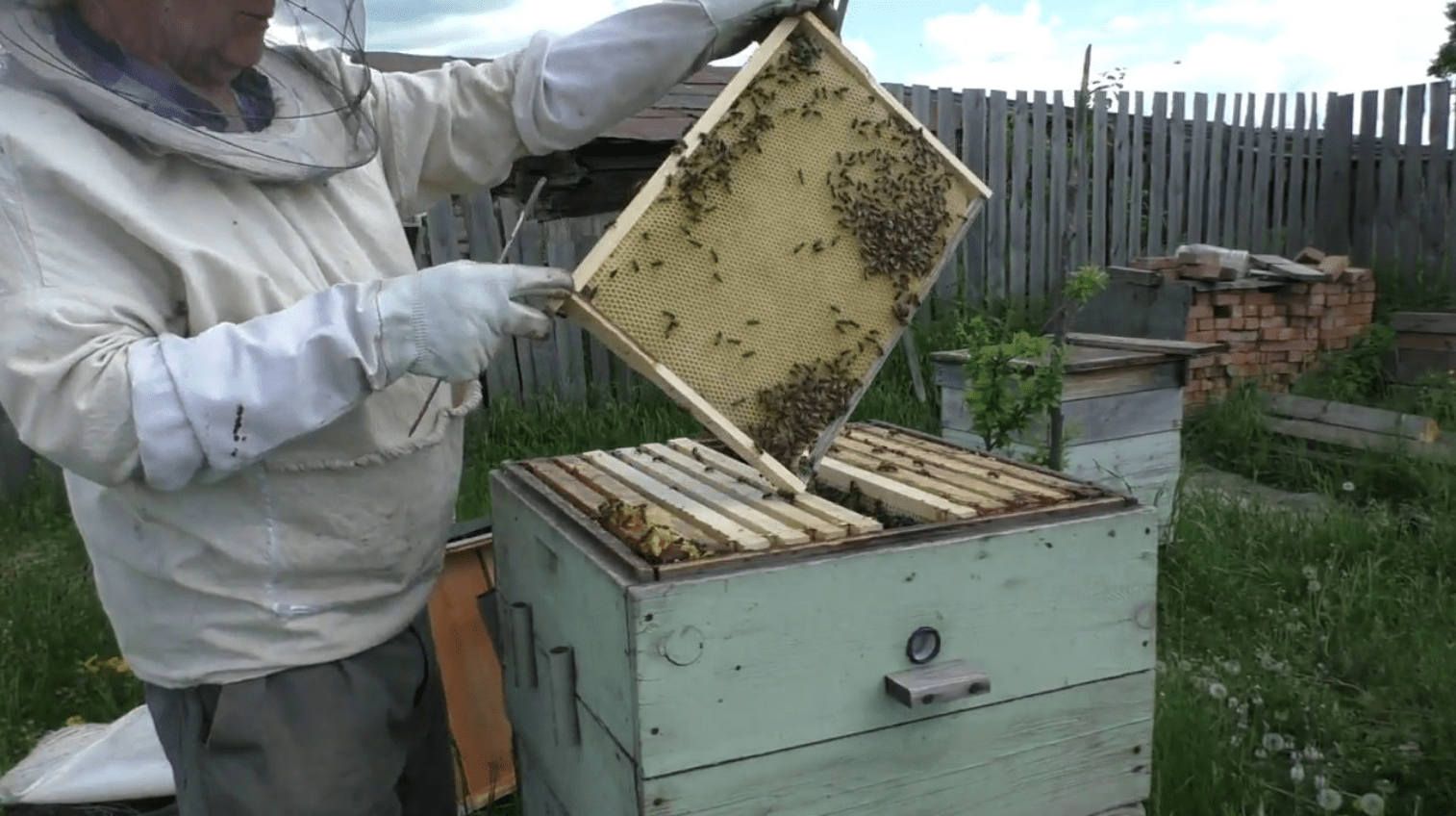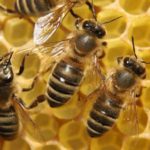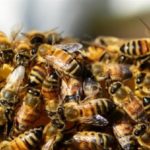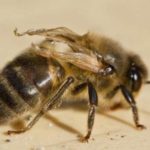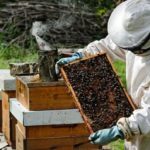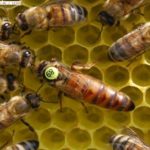Beekeeping according to the Kemerovo beekeeping system according to Kashkovsky replaced the traditional system in the 50s of the last century. The old technology was labor-intensive and time-consuming: it was necessary to frequently inspect the hives, expand or reduce nests. The goal of developing a new method was to simplify insect care and increase honey collection by 2-3 times.
[toc]
The essence of the Kemerovo bee care system
The basis of beekeeping technology is the following features: strong colonies are kept on wide streets, in the spring they are not reduced and honeycombs that the bees have not had time to inhabit are not removed. Inspection and disassembly of hives is not carried out often - only about 7-8 times per season.For the reproduction of bees, fistulous queens are used, which also reduces the work of replanting and breeding queens.
The creation of the system began after observing bees and establishing that after inspecting the nests, the bees begin to restore the microclimate, which takes them 3 days. At the same time, the queen begins to lay eggs. Application of the system begins on the day of the hive exhibition after wintering. For each, one frame with honey and beebread weighing 3.5 kg is prepared. Distributing honey ensures the safety of families even in unfavorable weather. The entry of food into the nest activates the queen, who lays many more eggs.
The next day, the insects are transplanted into clean hives treated with disinfectants. Add frames with honey and beebread; each hive should have 8-15 kg of food. During transplantation, the bees are sanitized. The next inspection is carried out after 1.5 months, when all the food has been consumed. With frequent inspection, the life of the family is disrupted, the queen stops laying eggs for 3 days, and the worker bees stop feeding the larvae.
The Kemerovo system does not recognize colony alignment; beekeepers practicing this method of beekeeping do not need to transfer frames with offspring from one hive to another. At the same time, the likelihood of transmitting infections is reduced and there is no reduction in honey collection. Instead of strengthening families, the weak ones are culled, the strong ones multiply and get new ones, resettled in hives.
In the spring, weakened families are left with more honey than usual, the hive is insulated and not inspected for 60-70 days. After natural strengthening, the hives are expanded. Before the main honey collection, the uterus is removed, and the family removes the fistula. After a month, the hive is inspected; if the queen is not working satisfactorily, then she and the honey are taken away. The family again removes the fistulous uterus, by this time the honey collection ends.
Advantages and disadvantages
The poles of the Kemerovo system: the ability to keep unrelated queens in the apiary, a reduction in care time, a reduction in the number of inspections, during which the bees are not disturbed and their normal way of life is not disrupted.
Refusal to align colonies by replanting bees allows only strong swarms to be bred, which leads to a truly strengthened colony. Beekeepers say the disadvantage of the system is the need to break out excess queen cells.
Beekeeping according to Kashkovsky has its supporters and opponents, but, of course, it is an original method, since many of the principles in it differ from traditional ones. The method is suitable for all beekeepers for use in apiaries with different numbers of hives, for private and industrial farms.

